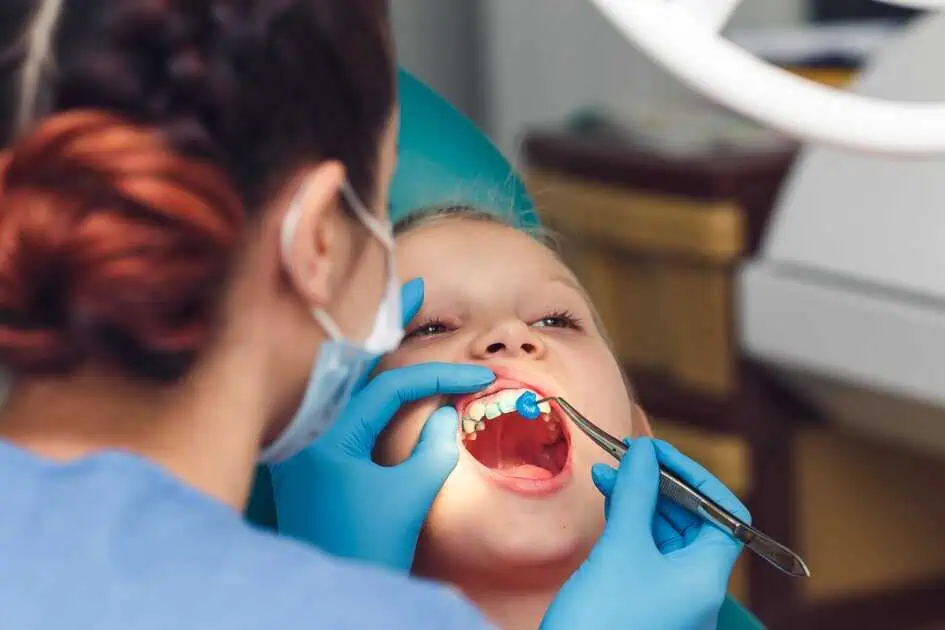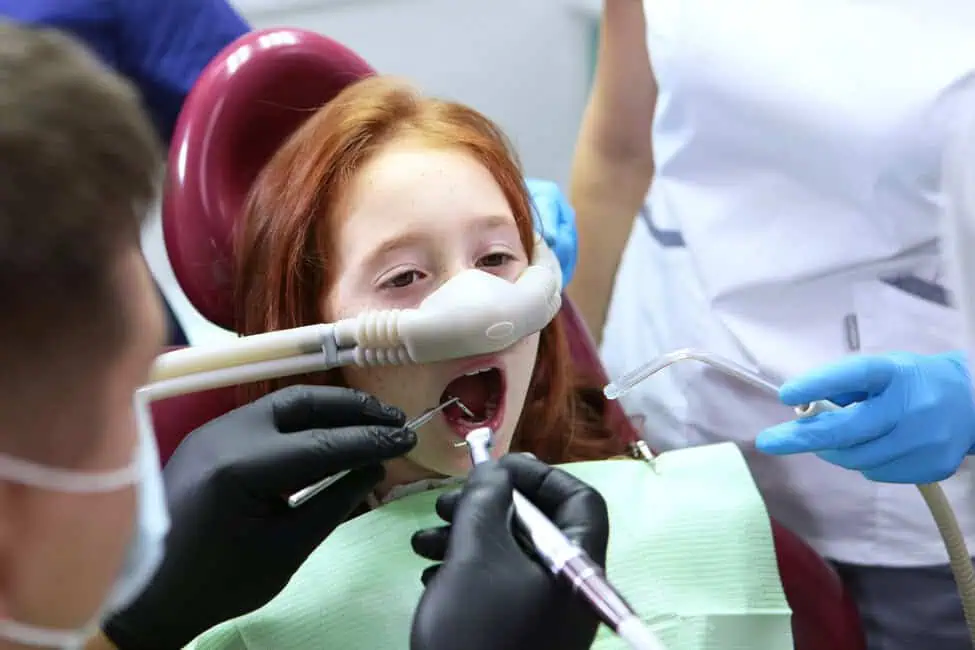Table of Contents
Tooth extractions are a fundamental dental procedure that addresses various oral health issues, from decayed and damaged teeth to overcrowding. While pulling a tooth might seem daunting, especially for children, modern dental practices have made this process straightforward and relatively painless. Whether due to severe decay, injury, or the strategic removal of teeth for orthodontic treatment, understanding the different extraction methods can help demystify the process and prepare you and your child for a smooth dental experience.
The Need for Tooth Extractions
The necessity for tooth extractions arises from various dental health issues that, if left unaddressed, can lead to more significant problems. Extractions are considered when a tooth is beyond repair. Severe decay can compromise the integrity of a tooth to the point where fillings or crowns are no longer viable options. Similarly, when a tooth suffers from trauma or injury, sometimes the damage is too extensive for restoration.
The situation might involve baby teeth that linger too long in children, blocking the path for adult teeth. This can lead to overcrowding, misalignment, or both, complicating new teeth’ natural growth and arrangement. In some cases, removing a tooth is also a preemptive step to facilitate orthodontic treatments. By creating space, orthodontists can better align the remaining teeth, achieving a healthier and more aesthetically pleasing arrangement.
Types of Tooth Extractions
Tooth extractions are broadly categorized into two main types, each suited to specific situations:
- Simple Extractions: These are performed on teeth visible in the mouth. The procedure typically involves using an elevator tool to loosen the tooth and forceps to remove it. Simple extractions require only local anesthesia, making them less complex and generally quicker to recover.
- Surgical Extractions: This type is needed for teeth that cannot be easily accessed or removed, such as those that are broken at the gum line or have not fully emerged, like impacted wisdom teeth. Surgical extractions may involve making an incision into the gum to expose the tooth, removing bone around it, or cutting it into pieces to remove it more easily. These extractions are more involved and may require local anesthesia, sedation, or general anesthesia.
The Tooth Extraction Procedure
The tooth extraction procedure is a straightforward process designed to remove a tooth with minimal discomfort. Initially, a thorough examination, often including X-rays, is conducted to assess the tooth’s condition and the best approach for its removal. The main steps of the procedure include:
- Anesthesia: To ensure the patient is pain-free throughout the procedure, the dentist numbs the area encompassing the tooth to be pulled with local anesthesia. If the patient is highly nervous or the case is more complicated, other types of sedation may be employed.
- Extraction: Using specialized tools, the dentist applies gentle force to loosen the tooth from its socket. If the tooth is prominent and easily accessible, it can typically be lifted out with dental forceps. However, a surgical extraction might be necessary for teeth to break at the gum line or not fully emerge. This involves making a small incision in the gum to access and remove the tooth.
- Post-extraction care: Immediately after the tooth is removed, a gauze pad is positioned over the extraction site to help stop bleeding and clot formation. Stitches may be needed, especially after surgical extractions.
Aftercare and Recovery
Aftercare and recovery following tooth extraction are crucial steps to ensure a smooth and speedy healing. The primary goal is to protect the extraction site and prevent complications such as infection or dry socket, a painful condition that can occur if the blood clot at the site is dislodged. Key aspects of aftercare include:
- Bleeding management: It’s normal for the extraction site to bleed slightly for a few hours after the procedure. Patients are instructed to bite down gently on a gauze pad placed over the area to help control bleeding and encourage clot formation.
- Pain management: Some discomfort is expected once the anesthesia wears off. As the dentist recommends, over-the-counter pain relievers can help manage pain. In some cases, the dentist may prescribe pain medication.
- Swelling control: Applying a cold pack to the cheek near the extraction site can help reduce swelling and discomfort. This is typically recommended for 20 minutes on and 20 minutes off during the first 24 hours after the procedure.
- Diet adjustments: Patients should eat soft foods and avoid hot beverages for the first few days. Foods that are easy to chew and swallow minimize the risk of disturbing the extraction site. Gradually, more solid foods can be reintroduced as healing progresses.
- Oral hygiene: Maintaining oral hygiene is essential but should be done gently. Patients are advised to avoid rinsing, spitting, or using a straw for the first 24 hours not to dislodge the blood clot. After that, gentle rinsing with warm salt water can help keep the area clean.
- Activity modification: Patients should rest and avoid strenuous activities for the first 24 hours to reduce bleeding and swelling.
Solomon Advantage
At Solomon Kids Dentistry, our highest priorities are providing accessible, high-quality, and affordable dental care. We emphasize cost-effectiveness, partnering with over 197+ insurance providers to ensure our services are widely accessible. Our clinics are open six days a week, including extended hours, across convenient locations to easily accommodate your family’s schedule.
Our commitment to excellence drives us to continuously enhance our knowledge and dental practices. We equip our offices with the latest dental technology and the most effective treatment methods explicitly designed for children. Our clinics feature comfortable seating and an environment geared towards the unique needs of our young patients. Solomon Kids adopts a flexible approach, allowing children to show us their comfort levels and adjusting treatments to match their capabilities, ensuring the best dental care tailored to each child.
Takeaway
Ready to experience the Solomon Kids Dentistry difference? Join us in our mission to provide your little ones with the best dental care, where comfort, quality, and affordability come together seamlessly. Don’t let another day go by worrying about your child’s dental health. Schedule your appointment today and give your child the gift of a healthy, happy smile. With our flexible hours, extensive insurance network, and child-friendly services, we’re here to make dental care a breeze for your family. Contact Solomon Kids Dentistry now, where every child’s smile shines brighter!





